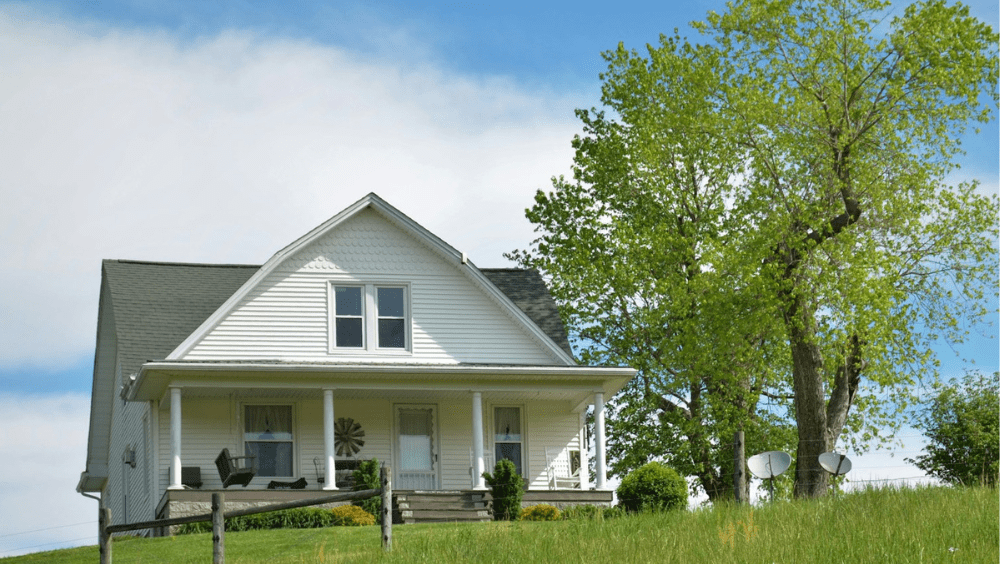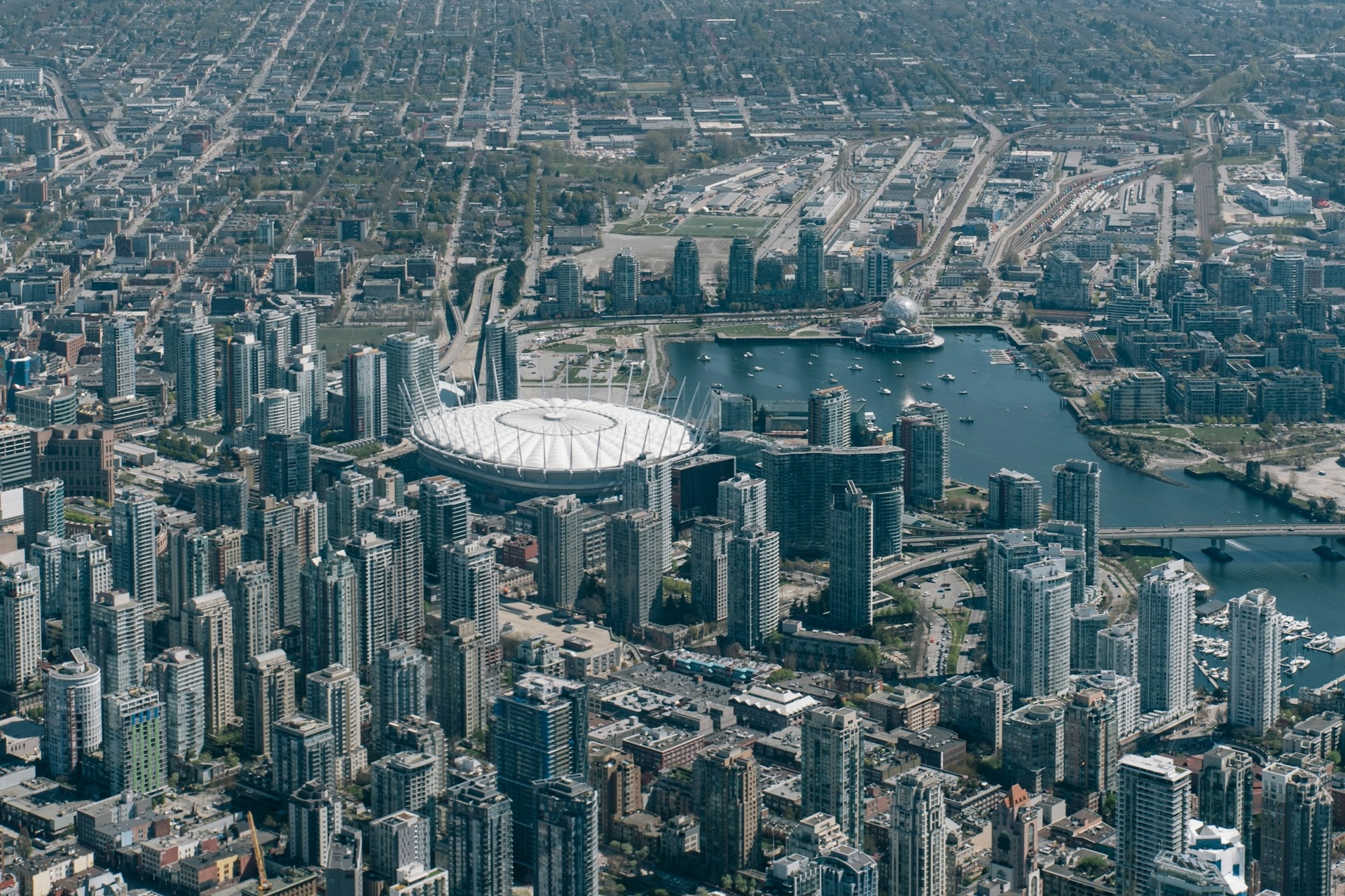Prefab Accessory Dwelling Units (ADUs) are revolutionizing the way homeowners are considering their living space. Whether you’re looking to create a rental property, a guesthouse, or a private retreat for family members, prefab tiny home ADUs offer a streamlined and efficient alternative to traditional construction. But are they the right fit for your needs? From cost and design options to installation logistics and local regulations, this guide will walk you through everything you need to know about prefab ADUs—helping you determine if a factory-built unit is the perfect solution for your property.
Should you go the prefab ADU route? Are they legal in your area? Can you afford one? Here’s all the info you need to get started!
What is a prefab ADU?
“Prefab” is short for prefabricated, meaning the accessory dwelling unit is partly or entirely constructed in a factory. Then it’s transported to your lot and installed. The beauty of a prefab ADU is that it involves much less disruption on your property than building an ADU from the ground up. Instead of an average 7-10 month timeline for construction, you’ll probably have a few weeks of site prep and a few days to a week for installation of the unit.
Design-wise, we are in a golden age of pre-fab ADU ingenuity. From sleek contemporary models, to modern farmhouse, to traditional ranch and bungalow styles, prefab ADU manufacturers keep expanding their portfolios.
Prefab ADUs range in cost from modest to extravagant, so whatever your taste and budget, there’s probably a prefab for you. The companies are happy to let you tour model homes so you can walk around inside the units and see the quality of the construction and finishes.
Walk-throughs are super helpful when it comes to envisioning space. Even if you mark out 800 square feet in your backyard, you’re not going to get a sense of what that volume feels like until you’re standing inside a physical room. That’s another huge advantage of prefab ADUs: you’ll get to truly sample the space.
You can also visit the factories where the ADUs are manufactured and witness the process firsthand. Representatives from the manufacturer will explain all aspects of the build and show you different interior and exterior finishes. It’s fascinating and can go a long way toward making you comfortable with the idea of buying a prefab.
What are key benefits of a prefab ADU?
Benefits include less stress, less noise, less uncertainty, less disruption to your property: these are the main reasons folks choose prefabs over custom ADUs.
You’re also likely to have a shorter timeline from beginning to end of the project. This isn’t to say prefab companies are immune to supply chain delays. They’re not. But the companies tend to keep a regular crew of tradespeople who move quickly from unit to unit, and the units are all familiar to them. There are few surprises when you’ve built the same ADU multiple times before. The same applies to city inspections, which take place at the factory. Few surprises mean very few glitches with inspections.
Another big benefit: There are no weather delays with prefabs because they’re built indoors.
Overall, prefab ADUs offer a more predictable experience than custom ADUs.
Installing a prefab ADU tends to be less stressful than living with construction in your backyard and with the revolving cast of contractors, tradespeople, and inspectors that are involved.
Types of prefab ADUs
There are two types of prefab ADUs: modular and panelized.
Modular prefabs
Modular prefabs are the most common—they’re what most people think of when they hear the term “prefab.” These arrive at your site as a complete unit or units and are either lifted into place by a crane or rolled onto the site.
Most modular prefab companies offer studio, 1-bedroom and 2-bedroom ADUs. Modular prefabs have specific floor plans that you can’t alter. The companies usually offer several choices of flooring, roofing, exterior cladding, and other finishes.
Panelized prefabs
Panelized prefab ADUs are created in wall sections that are shipped to your property on a flatbed truck and then assembled on-site. The electrical and plumbing are added after assembly, as are the interior and exterior finishes and the roofing. With panelized prefabs, most of the build takes place on your lot, but having the wall sections and roof trusses created in the factory eliminates some of the noise and disruption of on-site framing.
Panelized prefab companies often have a wide range of floor plans you can customize, and some even let you bring in a set of plans from your own architect.
Can a prefab ADU be used as a legal dwelling?
Absolutely! Prefab companies design their models to meet the building code requirements of ADUs in the areas they serve. The codes stipulate things like:
- Maximum and minimum size limits
- Kitchen requirements
- Bathroom requirements
- Connectability to city utilities: electricity, sewer, water, natural gas (being phased out in many areas)
- Structural requirements
- Energy efficiency requirements
A prefab ADU that meets the required building standards is legally deemed part of your real estate property. This is extremely important in terms of future value, because in certain states some legal ADUs are not part of your property.
For instance, movable tiny homes can be built off-site (so they’re “prefab”) and are considered legal ADUs. But because they are not physically connected to the property, they’re not considered real estate. That means they won’t add value to your property.
Prefab “sheds” are different from prefab ADUs. It’s legal to use them as a home office but not as living space, so they’ll add much less value to your property than a prefab ADU (although they’ll also cost less if they don’t have a kitchen or bath).
Prefabs require all the same building permits as custom ADUs and must pass the same city inspections. These inspections take place on the factory floor, as the ADU goes through its various stages of construction. You’ll have a few inspections on site, but most will take place at the factory, meaning you won’t have to be involved with the process or wait around for the city inspector.
Most people build ADUs not for the long-term increase in property value (although that’s a wonderful benefit) but to house a family member or to rent out for income. Prefab ADUs have some big advantages over custom ADUs: They’re more predictable and less hassle than building from the ground up. For people who want a relatively stress-free experience, prefabs are definitely something to consider.
Jon Grishpul is Co-CEO of GreatBuildz.
This column does not necessarily reflect the opinion of HousingWire’s editorial department and its owners.To contact the editor responsible for this piece: [email protected].
















 English (US) ·
English (US) ·